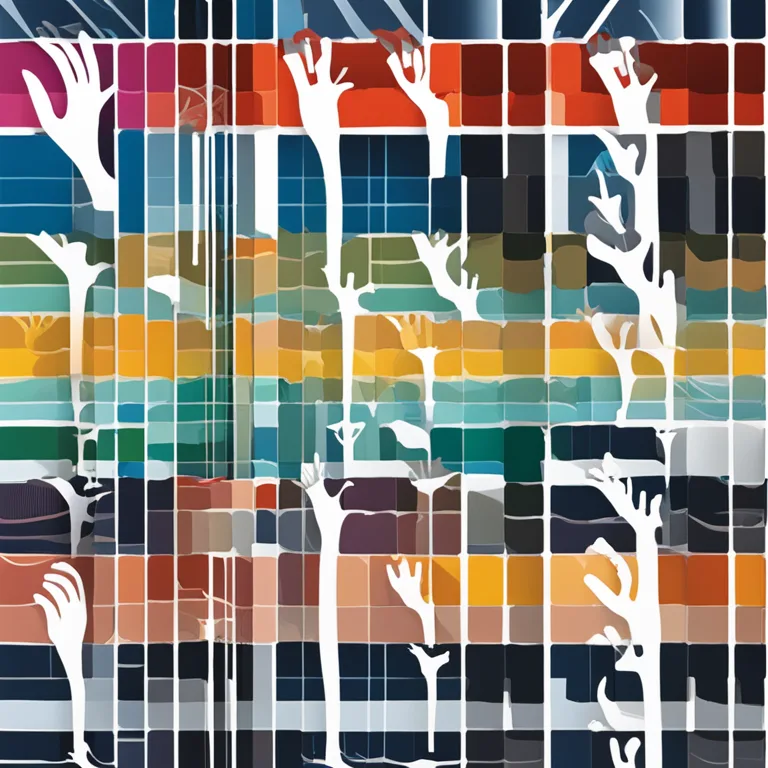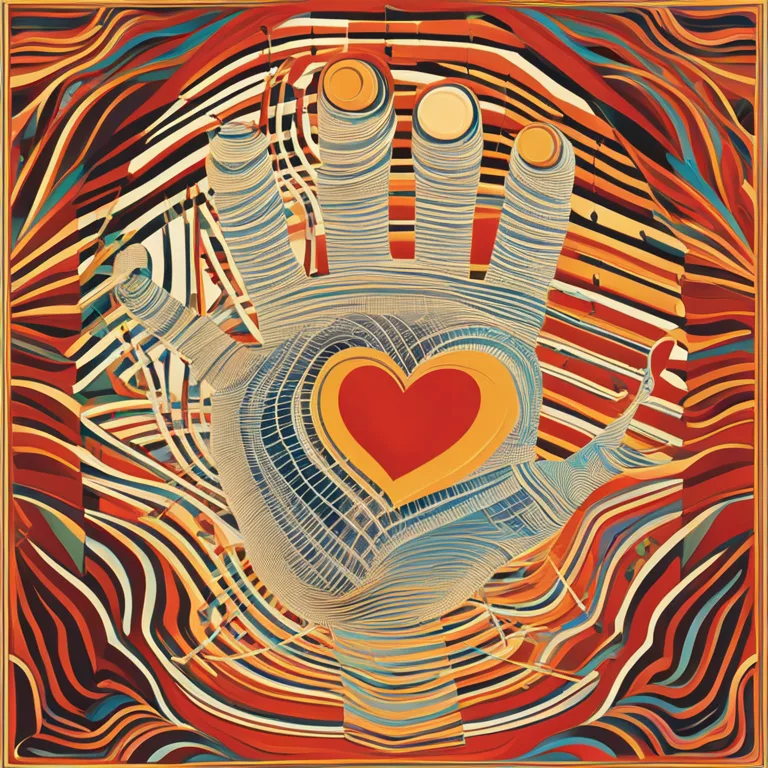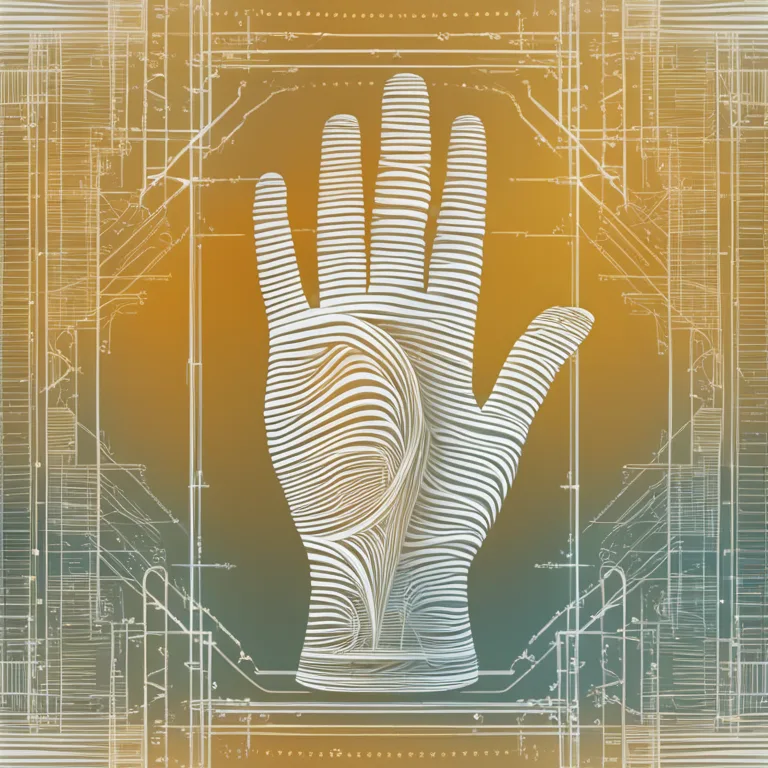
The Fluid Nature of Palmistry Lines
Discover the dynamic aspect of palm lines and learn if and how they can change over time in this insightful palmistry article.
article by Nora Pennington
The Dynamic Lines of the Hand
Have you ever noticed subtle shifts in the lines of your palm and wondered if your destiny is rewriting itself? Many people believe that the lines on our palms are static, indelible marks that dictate a predetermined future. However, the ancient art of palmistry suggests otherwise. In palmistry, it is widely accepted that these lines are not fixed. Instead, they can change over time, reflecting the changes in one's life, thoughts, and even potential futures. This concept introduces a dynamic layer to the practice, suggesting our palms mirror the constant evolution of our lives.

Factors Influencing Palm Line Changes
The alterations in the lines of the palm can be attributed to various factors. Physically, they may change due to the wear and tear of daily activities, influencing their depth and clarity. Emotionally and psychologically, significant life changes, periods of stress or transformation can manifest as variations in the lines. Even the dominant hand is said to show the projected path or active changes, while the non-dominant hand can represent innate potential or passive traits. These changes can be gradual or sudden, mapping out the impact of our decisions and experiences.

Palmistry's View on Changing Lines
Palmistry experts argue that the most changeable lines on the palm are the minor lines, compared to the primary lines like the heart, head, and life lines. Yet even these primary lines can undergo transformations, albeit typically at a slower pace. Shifts in these lines can symbolize major life events or turning points. For instance, a new line or a fork appearing in the life line might indicate significant personal change, such as a new career or lifestyle.

Scientific Perspectives on Palm Lines
From a scientific viewpoint, while palmistry is not considered a science, the changes in palm lines still have physiological explanations. The palmar creases are formed during fetal development and are influenced by factors such as genetics and the environment. Postnatal development, health conditions, or injuries can lead to alterations in these lines, which may in turn be interpreted through the lens of palmistry as signs of personal development or transformation.

Skeptical Views and Modern Relevance
Despite the supernatural aura that surrounds palmistry, many skeptics argue that any perceived changes in palm lines are simply the result of natural skin stretching and contracting with age. Even so, the practice maintains a devoted following who find personal value and guidance in the interpretations. In this modern age of embracing diverse beliefs and practices, palmistry's focus on change and personal evolution remains relevant and captivating to enthusiasts seeking to understand the intricate connection between self and destiny.
Embracing Change Through Palmistry
Whether change is observed through the heart line evolving to express openness to new relationships or through the appearance of a new wisdom line pointing to gained insight, palmistry enthusiasts embrace these changes. For them, it's a powerful reminder that we are not bound by fate without recourse. Instead, palmistry offers an empowering narrative: we are always capable of growth and transformation, and our palms may just reflect the profound narrative of our ever-changing lives.
Published: 1/3/2024
Modified: 1/3/2024
More predictions
Come back here soon to learn more about yourself and your future


The Palmistry Ring of Solomon: A Symbol of Wisdom
Discover the significance of the Ring of Solomon in palmistry and how this palm line reflects wisdom and judgment capabilities.


The Intersections of Palmistry & Psychology
Examine palmistry's role and presence within the field of modern psychology.


The Significance of Palmistry Mounts
Delve into the mystical landscape of your hands with insights on palmistry mounts, revealing the connection between our palms and personality traits.